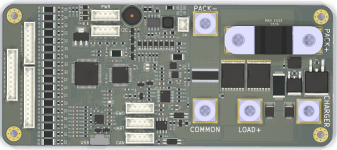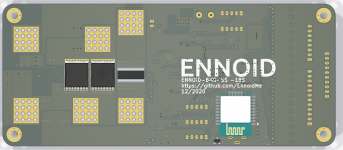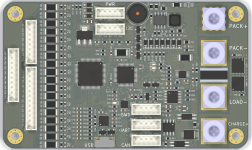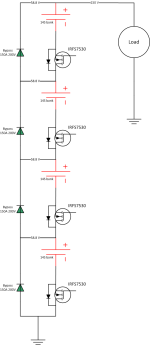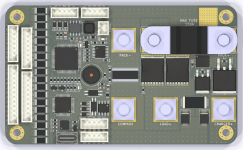I have an un-related question regards DECO-275A controller. I saw your comments on it in one of your response in other post.
My question is once you have the program installed on your PC, how do you connect with the controller? is it via blue tooth/wireless connection or you need to have a wired connector to connect?
Thanks for answer my question.
My question is once you have the program installed on your PC, how do you connect with the controller? is it via blue tooth/wireless connection or you need to have a wired connector to connect?
Thanks for answer my question.


